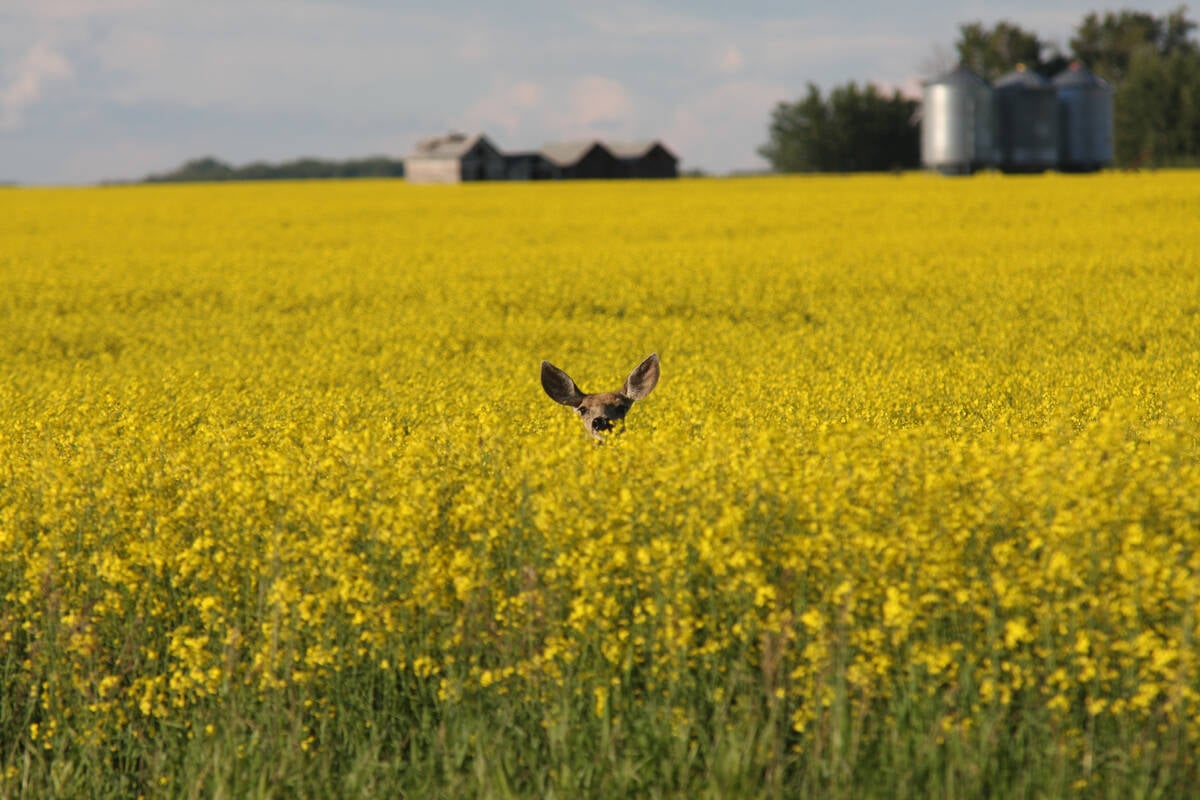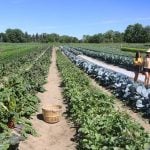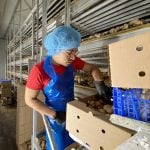Biologist says grower’s no-till method may have improved soil structure and left soil microbes undisturbed
DRESDEN, Ont. — The future has arrived at Dean Glenney’s southwestern Ontario farm.
He routinely harvests 300 bushels of corn an acre, which is double the average for North America and on par with what the seed industry hopes to achieve by 2030 with im-proved genetics.
“We already have the capacity with current cultivars to get there,” said George Lazarovits, research director with A&L Biologicals.
“It’s the soil factor, the microbiology factor, that’s making a huge difference at Glenney’s farm.”
The company hopes to unravel the biology behind the Haldimand County farmer’s impressive yields.
Read Also

Drones now used to assess wildlife crop damage in Saskatchewan
Wildlife damage in Saskatchewan crops is now assessed by drones and artificial intelligence.
It recently received $1.19 million through the federal government’s AgriInnovation program to support the investigation.
Glenney’s original idea was to mimic soil conditions found along fence rows that have never been cropped. He maintains a corn-soybean, no-till rotation with fertilizer inputs similar to those of other farmers in the area. The crops are planted in alternating strips in eight-inch, twin rows on 30-inch centres. The corn is planted directly into the previous year’s soybean rows and the soybeans into the corn rows.
Lazarovits said he learned after meeting Glenney at a Montreal conference that it took five years for the cropping technique to produce the dramatic increase in yield. That was the time it took for the necessary biological community to become established, he added.
An investigation into the biology turned up a surprising result.
“Everyone says diversity is important: the more diverse the microbes the more the plants will thrive. That’s not what we found with Dean’s soil and plants. We found there was less microbiology diversity,” he said.
One or more biological factors may come into play in increasing Glenney’s corn yields. It could be related to nitrogen-fixing enzymes, the production of growth hormones and/or the release of chemicals that suppress disease.
Greg Gloor of Western University in London, Ont., has been brought on board to trace RNA messengers that may be involved.
Lazarovits said pseudomonas fluorescens bacteria could have a role. They’re known to provide protection from fungal disease.
He said the evidence points to changes within microbial community as the likely cause of the high corn yields, but there are other contributing factors, such as Glenney’s no-till approach, which has im-proved soil structure and left the microbial community largely undisturbed.
Lazarovits has been working with other Haldimand County farmers to assess microbial differences between high-yield and low-yield field locations and compare their fields with Glenney’s farm.
“One of our hopes is this will eventually give growers another measurement they can use, a biological measurement,” he said.
Farmers can readily measure their soil’s chemical and physical qualities, but there’s little in the way of biological analysis for factors that increase yield.
Farmers who can assess changes to their soil biology and better understand how microbial communities support plant growth will be able to adjust such practices as crop rotation, he said.
There may also be an opportunity to develop soil inoculants.
Pseudomonas florescens bacteria are commercially available in the United States, and inoculants that increase legume yields through im-proved nitrogen fixation have been around for more than a century.
A&L is also looking to increase corn yields at Glenney’s farms to 400 bu. per acre by evaluating the impact of three green manure crops: millet, mustard and Austrian peas.














